
The United Nations Sustainable Development Goal 12.3 – which calls for halving food waste and reducing food losses globally by 2030 – may be an ambitious goal, but it’s one The Rockefeller Foundation believes is fully achievable. Our YieldWise initiative, which we launched in January, commits $130 million to prove this goal is within reach.
 Throughout YieldWise’s first year, we’ve seen a great deal of momentum in the U.S. on reducing food waste. The U.S. government adopted reduction targets mirroring the U.N.’s goal around this time last year, driving activity at every level of government in 2016. Supermarkets are piloting the sale of “ugly” fruits and vegetables to their consumers, which can pave the way to changing overly strict cosmetic standards. Innovators are launching new ideas for reducing waste every day, which is why we’ve supported OpenIDEO’s Food Waste Challenge. And that’s just a few examples of many, from all across the country.
Throughout YieldWise’s first year, we’ve seen a great deal of momentum in the U.S. on reducing food waste. The U.S. government adopted reduction targets mirroring the U.N.’s goal around this time last year, driving activity at every level of government in 2016. Supermarkets are piloting the sale of “ugly” fruits and vegetables to their consumers, which can pave the way to changing overly strict cosmetic standards. Innovators are launching new ideas for reducing waste every day, which is why we’ve supported OpenIDEO’s Food Waste Challenge. And that’s just a few examples of many, from all across the country.
But reaching our global and national goals will take more than momentum. It will take the commitment and action of actors at every level of the food system, working together to crystallize that momentum into a full-blown cultural movement. How do we make the transition from momentum to movement? We spent the last three weeks on the road, participating in events in New York, Denver, Austin, and Washington, D.C., that explored this very question – and what we learned suggests we might be in the middle of that transition.
Attendees at the recent James Beard Foundation Food Conference – a diverse array of leading chefs, activists, policymakers, journalists, and even fashion icons – dedicated time to exploring the essential elements of building a food waste movement. Perhaps the most important element was best articulated by Gina McCarthy, the Administrator of the U.S. Environmental Protection Agency, who said “movements need a ground game as well as leadership.”
One city with an especially strong ground game is Denver, where our grantee Feedback hosted Feeding the 5000 Front Range last week. Following similar events in New York and Washington, D.C. earlier this year, this festival served over 6,000 Denver residents a free lunch sourced entirely from fresh, top-quality produce that would have otherwise been wasted. Top Chef Masters competitor and 2013 James Beard Foundation Award winner Jennifer Jasinski led a cooking demonstration and shared easy ways attendees could reduce waste at home, like making soup with leftover vegetable parts. As she put it, the power of a single person changing their behavior can add up to significant impact across a city.
Local buy-in was clear, with a number of organizations partnering with Feedback to make the event possible – from Johnson & Wales University’s School of Culinary Arts to Denver Food Rescue’s bicycle-powered food recovery operation. That buy-in is mirrored in the city government’s recent release of Denver’s Food System: A Baseline Report, an analysis of how the city can build a resilient food system by capturing waste. Through the food waste baseline that the Natural Resources Defense Council is undertaking with our support, we look forward to helping the City and local organizations deepen their understanding of how much food is being wasted in Denver’s homes, businesses, and institutions, and also identify additional solutions to prevent wasted food and recover more edible food.
Local ground game is equally strong in Austin, where – on the evening before the recent SXSW Eco conference – The Rockefeller Foundation co-hosted a dinner with The Huffington Post. Attendees ranged from global organizations like Pepsico and the U.N. World Food Programme to local nonprofits like the Austin Technology Incubator. Along with exploring how to overcome barriers to scaling new innovations, attendees discussed how new trends in food – such as the popularity of small plates – could be leveraged as drivers in reducing waste, as well as how models working in other cities, like the D.C. Central Kitchen, are being successfully replicated in Austin with the enthusiastic support of the city government. The conference itself underscored the vibrancy of entrepreneurship in the food waste space, including EcoRise, which is helping youth become smarter consumers and advocates with tools they need to conduct food waste audits at their schools, as well as FEEDback Farms, which uses insect farming to convert food waste into sustainable livestock feed.
At Feeding America’s National Food Rescue Summit in Washington, D.C., U.S. Department of Agriculture Secretary Tom Vilsack underscored the power of consumers – even beyond reducing waste in the home – to influence businesses. For example, he suggested consumers could ask restaurants to explain their food waste and donation strategies, or even ask for a smaller portion to be served – with the excess food packaged in a takeaway box or served to someone else. Food rescue organizations attending the summit spoke to their own struggles with transportation and distribution of perishable foods, and shared innovative efforts to match excess food with local agency needs (such as Spoiler Alert and Feeding America’s own Produce Matchmaker).
So how does this all connect to building a food waste movement? If Administrator McCarthy was right about the critical need for leadership and ground game, we have good reason to be optimistic. Individuals and organizations are more aware than ever that quality, nutritious food is needlessly being sent to landfills. Even more exciting, we’re seeing programs, projects, and businesses coming up with new ways to use existing food resources. While institutions are increasingly transparent about challenges to preventing food waste in their operations and supply chains, entrepreneurs, and corporate intrapreneurs are coming up with innovative, replicable solutions to help address these pain points. Governments, particularly at the local level, are committing to reducing food waste within their own boundaries and are creating a favorable environment for new partnerships to flourish.
As we move into 2017, it’s critical that we strengthen this transition from momentum to movement, and we all have our part to play – as consumers, business and nonprofit leaders, policymakers, innovators, and funders – to make sure that it continues. We all must continue to work together toward better, more scalable solutions, but that doesn’t mean we have to wait for them to arrive before we change our own behaviors and practices. If we fast forward five years into the future, we hope that we can look back on 2016 as the year the U.S. food waste reduction movement was crystallized.

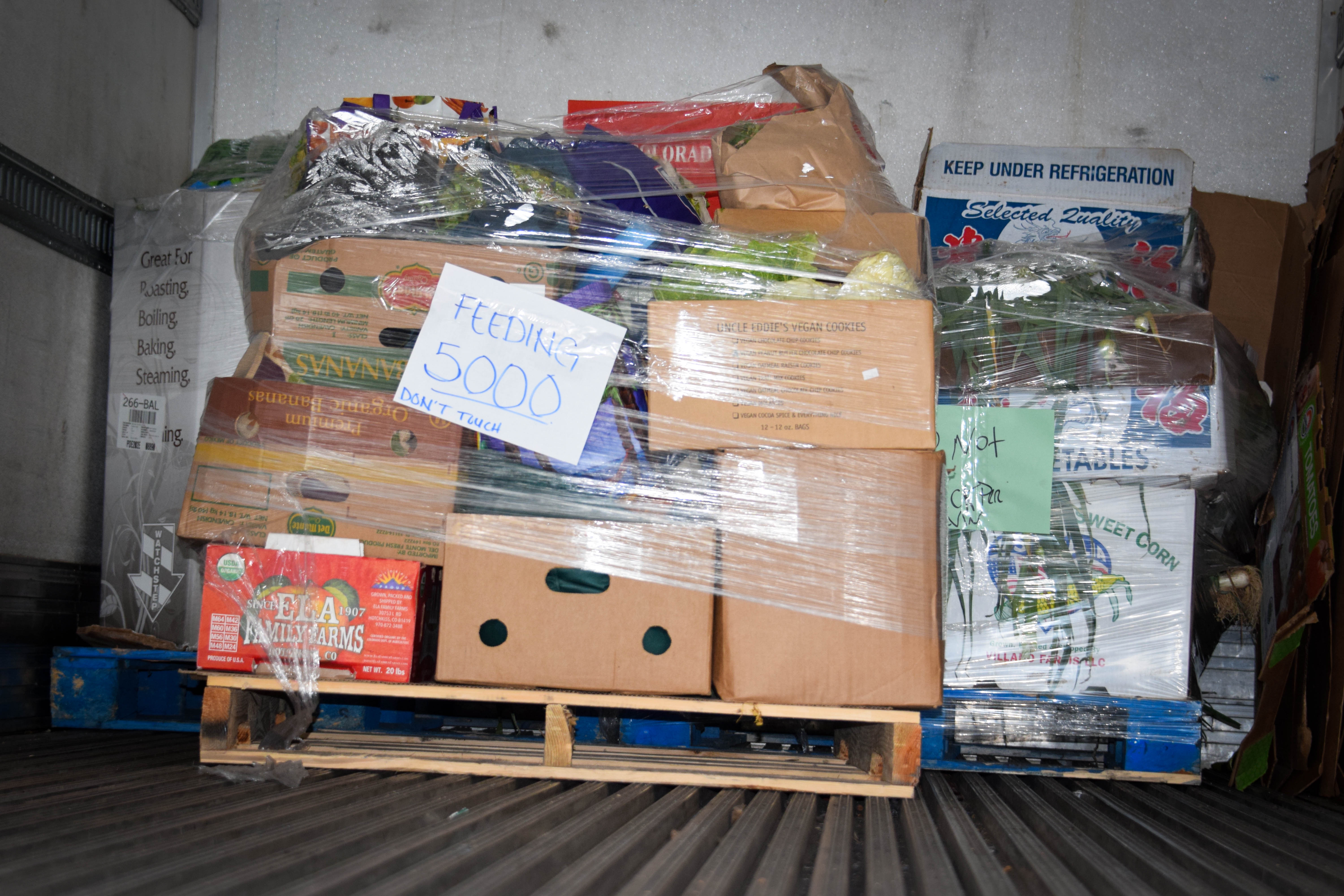
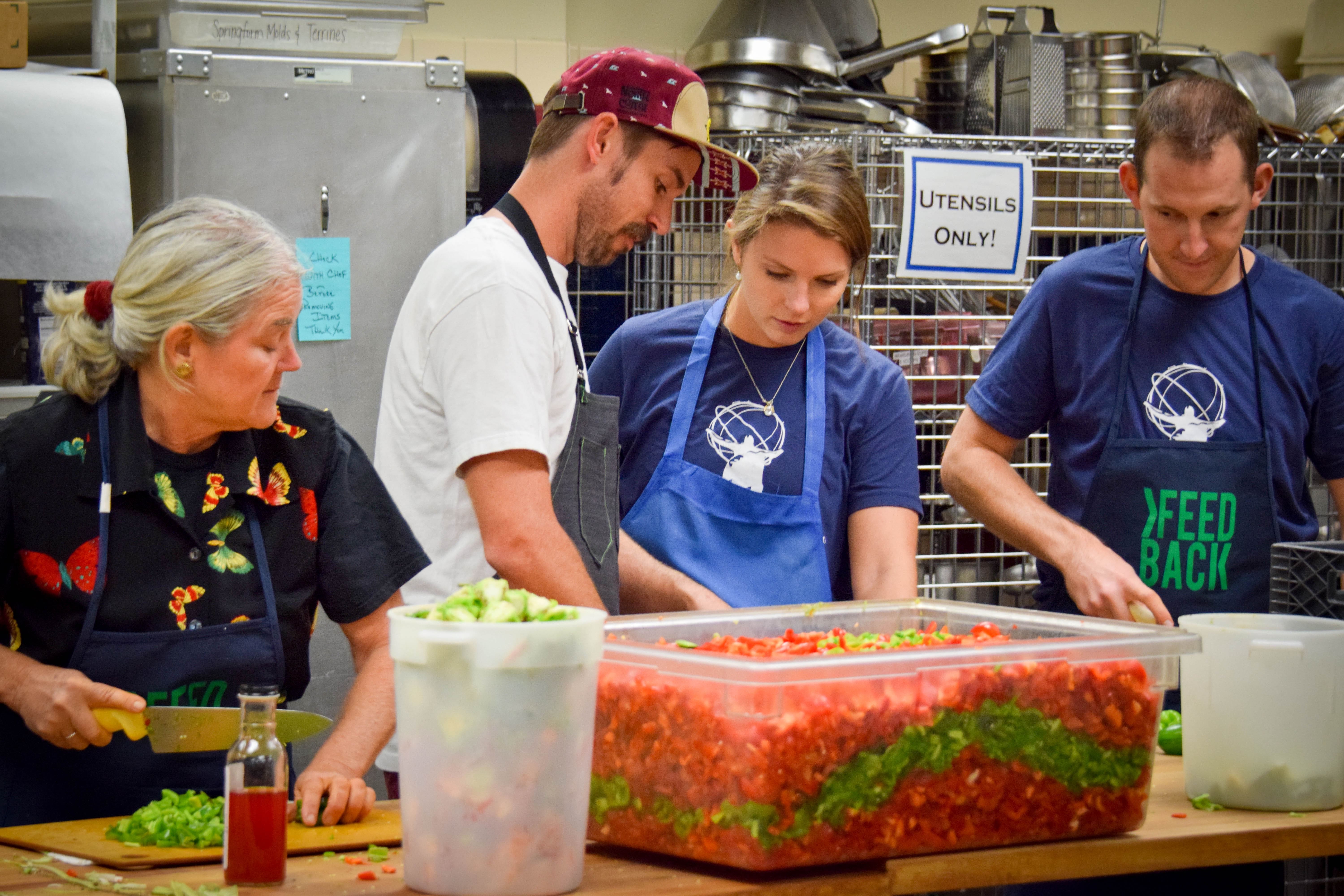
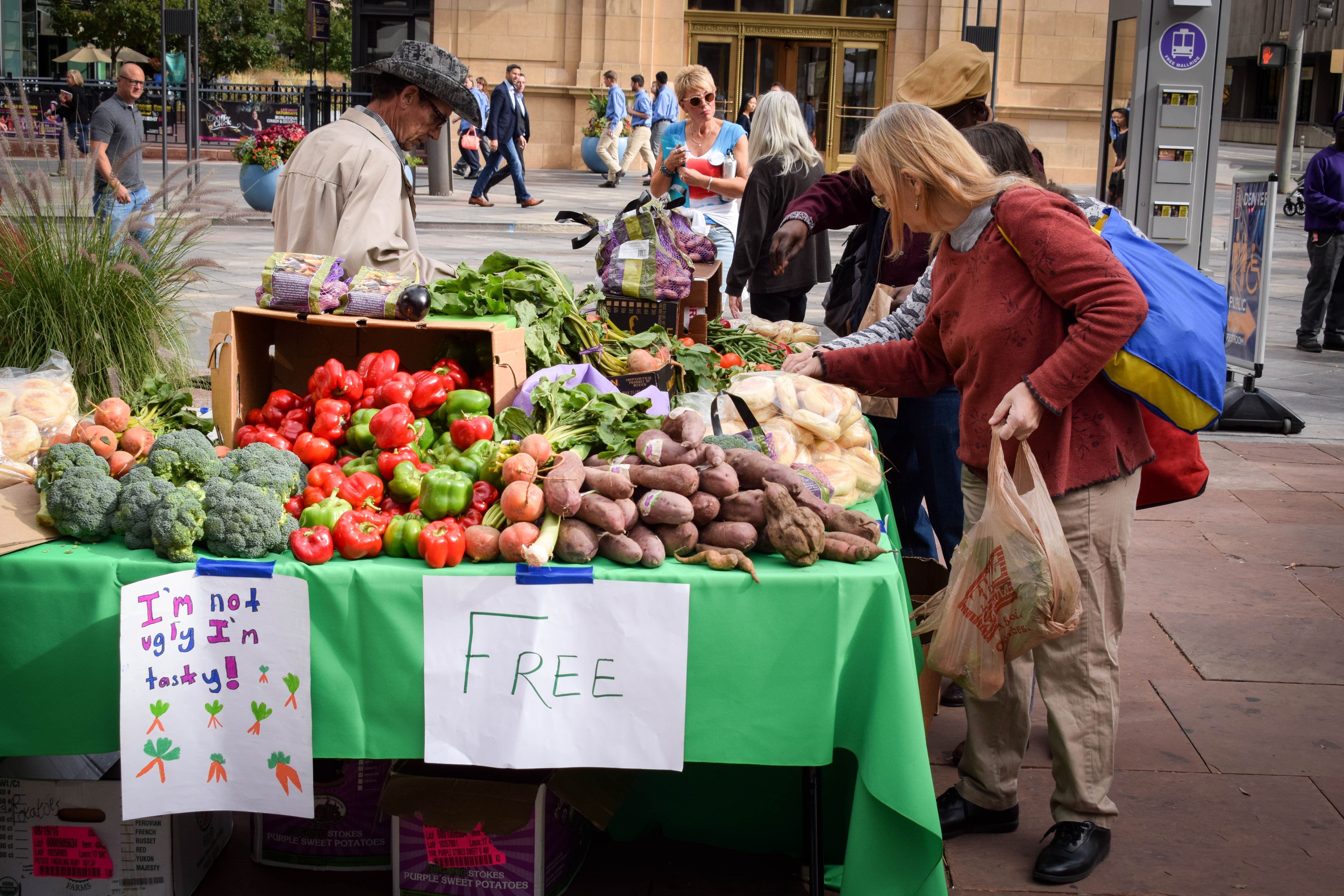
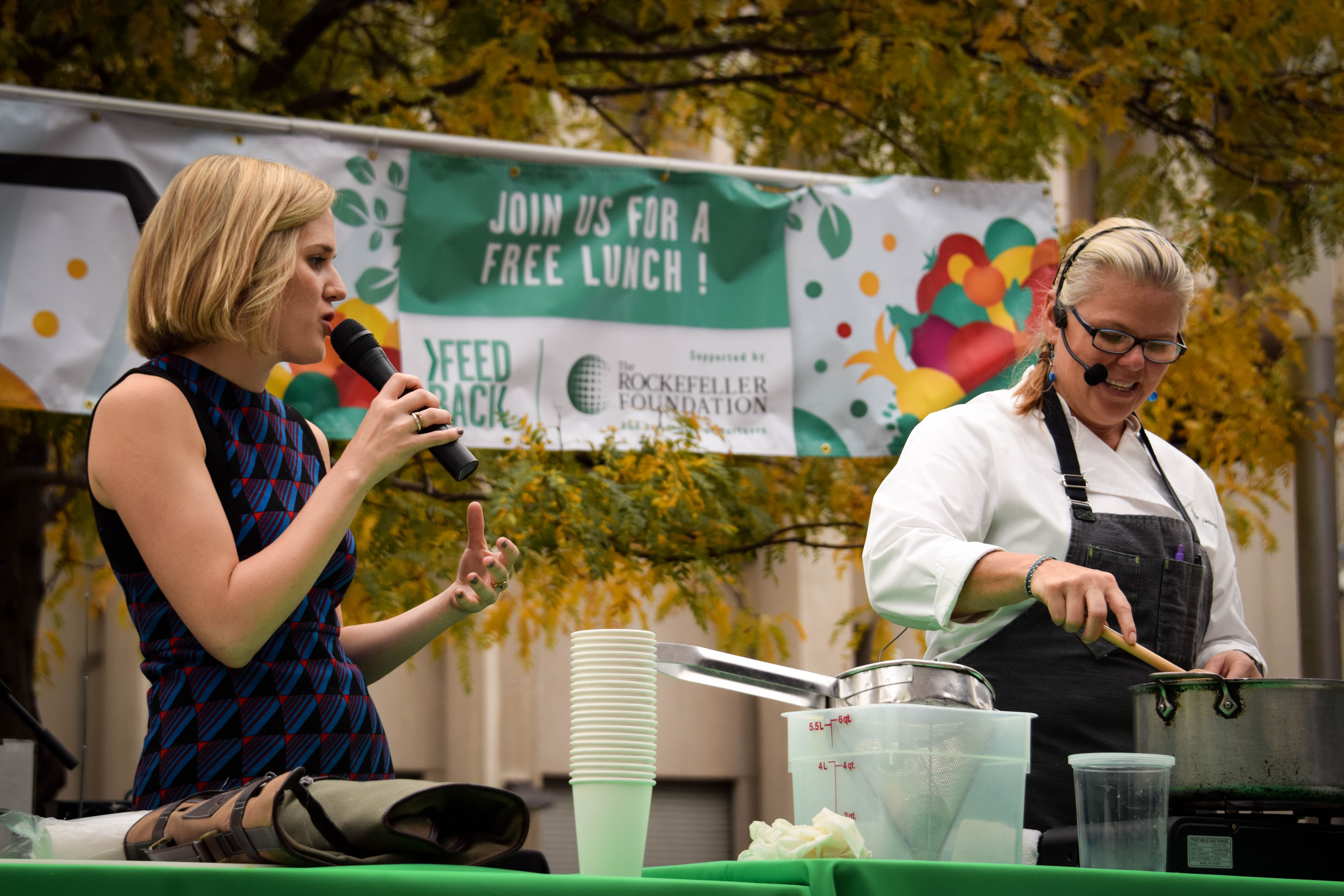
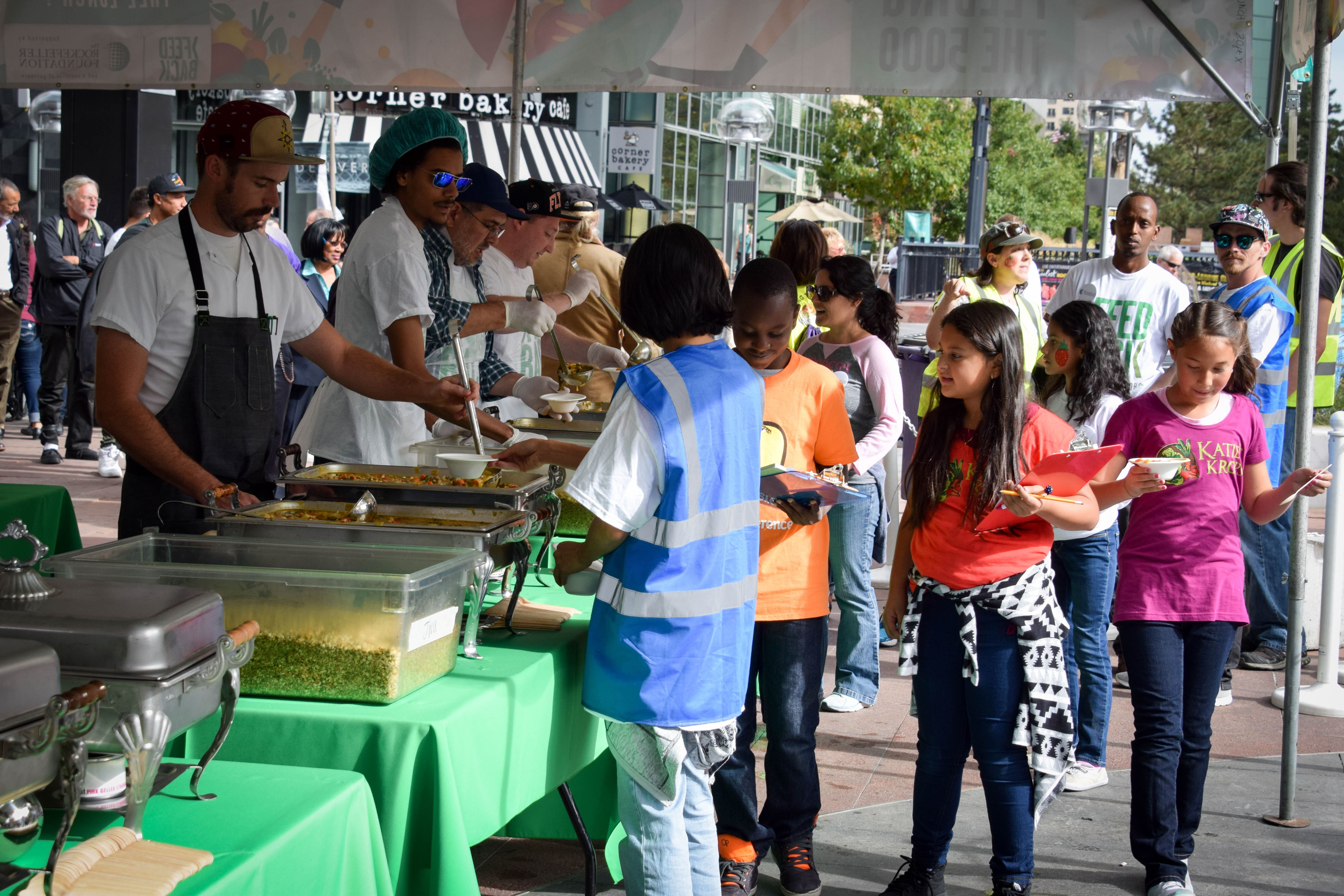
Leave a comment